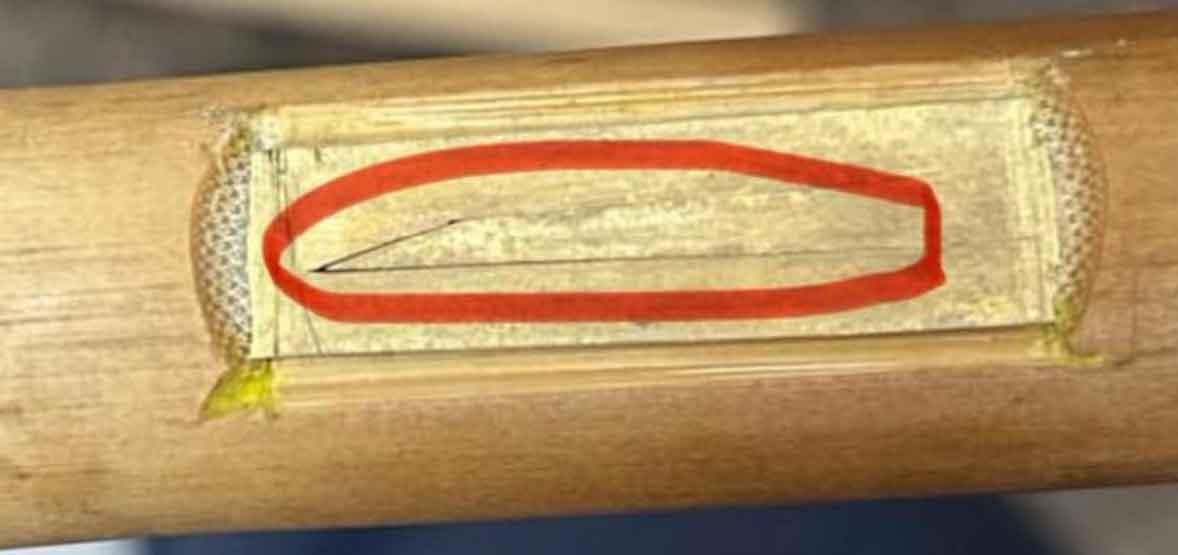Learning Qeej
Definitions :
note(s) in this context is in references to a musical note
Start the learning process by beginning with the basic tshooj
Tshooj 1 followed by Tshooj 2 then the last part sau (ending)
When blowing the qeej, this is the order of which you will preform.
This process is called Qeej Noob Nrw
Zaaj (song), Ntiv Sau first half
Zaaj, then Ntiv Sau first and second to end the first round
Zaaj (song), Ntiv Sau first half
Zaaj, then Ntiv Sau first and second to end the second round
Zaaj (song), Ntiv Sau first half
Zaaj, then Ntiv Sau first and second to end the third round
The zaaj is your own personal zaaj short or long. You blow the same zaaj all three rounds.
The ntiv tshooj 1 and 2 are "only" blown at the very beginning.
Summary
Ntiv qeej (Tshooj 1, 2 and Xaus)
Zaaj
Ntiv Xaus (1 and 2)
How to read the qeej notes sheet
Click here to see an example qeej notes sheet
Each box is broken into 6 sections.
Each seperate section represents a key hole on the qeej.
The entire box is considered one qeej note, unless it has a blue section which then the box is considered two notes.

figure 1
 click to see bigger image
click to see bigger image
Figure 2
When referring to the right side or left side of the qeej descriptions below, imagine you have the qeej in front of you and your about to blow into it.
Your right hand will be holding the right side of the qeej and your left hand the left side of the qeej.
Then imagine the 6 section box in front of you. Each section is a corrisponding key hole on the qeej.
refer to figure 1 above
The top right box (number 1) equals the top key on the qeej's right side.
The middle right box (number 2) equals the middle key on the qeej's right side.
The bottom right box (number 3) equals the bottom key on the qeej's right side.
The top left box (number 4) equals the top key on the qeej's left side.
The middle left box (number 5) equals the middle key on on the qeej's left side.
The bottom left box (number 6) equals the bottom key on your left side.
In the example in figure 1 above, you would press and hold the bottom right key hole and the middle left key hold and blow this note.
The chart below indentifies each color, symbol and what to do for each one
tap means you press and let go quickly
| Don't press, leave hole open | |
| two breaths - in and out or out and in. when a box is blue, there are two notes in this box. | |
| press and hold | |
| † | Quickly tap once |
| Ŧ | Quickly tap twice & hold |
| A red and blue line at the top of the note indicates change in breathing. Either blowing in and out or out and in. | |
| A purple line at the bottom of a note indicates you need to make a faster transition between these two notes, ie.. blow faster between these two notes |

The name of each hole of the qeej
using the the number system above here is the name of each hole (ntiv) of the qeej
Number 1 right hand thumb peice is called Ntiv luav
Number 2 right hand pointing finger piece is called Ntiv txhug
Number 3 right hand middle finger piece is called Ntiv Xeem also called Ntiv laig
Number 4 left hand thumb peice is called Ntiv twb
Number 5 left hand pointing finger piece is called Ntiv npug
Number 6 left hand middle finger piece is called Ntiv puj also called Ntiv ruj / Ntiv Nuj
Inside the Qeej
Inside the Qeej is this piece called the nplaim which is cut inside the qeej that producings the sound of the piece (ntiv)
